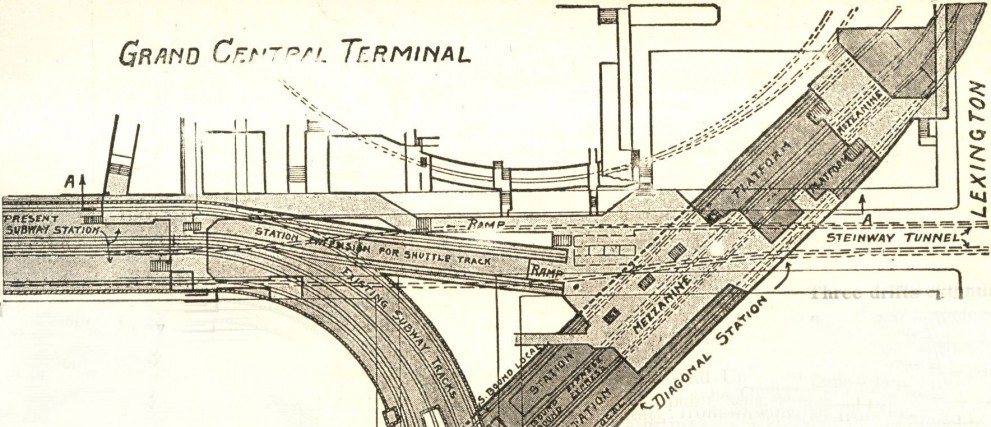Author Archives: Joyce Tam
New York Public Library Reflection
Title: Plate 16: Bounded by West 52nd St, East 52nd St, (East River) First Avenue, E. 40th St and Sixth Avenue. OR Part of Ward 19, New York City.
Cartographer: Elisha Robinson and Roger H. Pidgeon
Publisher: E. Robinson Co.
Place: New York
Map issued year: 1885
Catalogue Number: b14353303
Scale: 200 feet per inch
Lionel Pincus and Princess Firyal Map Division, The New York Public Library. “Plate 16: Bounded by W. 52nd Street, E. 52nd Street, (East River) First Avenue, E. 40th Street, and Sixth Avenue.” The New York Public Library Digital Collections. 1885. http://digitalcollections.nypl.org/items/510d47e2-099c-a3d9-e040-e00a18064a99
This was one of the first maps that I looked at. I thought this map was interesting because it shows the stretch of Grand Central Depot and the surrounding area of Midtown Manhattan. If you look closely in some of the pictures, you can still see that the depot was surrounded by stables next to hotels, warehouses, breweries, slaughterhouses, and many other facilities. This map would be useful as a geographic layer which explains the population, types of businesses, how it caters to the populated area trafficked by many passengers from the different railroads coming and leaving Grand Central Depot. This will allow researchers to compare how it changed economically, socially, and possibly politically if they were to compare it to maps of other time periods from the type of businesses or facility which might have took over. I don’t think that this map was mass-produced, because I would think that this would be more for official record keeping of the businesses and owners at the current time that it was created.
Title: Bay and Harbor of New York
Publisher: U.S. Coast and Geodetic Survey
Place: Washington, DC
Map issued year: 1889
Date published: June 1897
Date of first publication: 1874
Catalogue Number: b17977872
Scale: 1:40000
I thought this map was interesting because it had the price of 75 cents on it so I’m assuming that this map was available to the general public for purchase since it was probably reproduced for the mean of sales but more specifically to those who are sailors. It has various charts, texts, and views I have never encountered before. Some of the charts includes Light which explains the type of lights, location, color of structure, fog signal and such. Another chart explains the tide and the low water/high water predicted average times in different bay and harbor areas. Aspects such as elevation of water levels and visibility of lights as mentioned above, compass for directions and other information on also included on this map. In the last picture I’ve attached in this post, it shows that the upper right corner stating “Electrotype copy No. 5 U.S.C. & G.S.”. I’ve decided to look up the definition of this word because I’ve never heard of an electrotype copy. According to Wikipedia, printing is one of the first applications of electrotyping. It involves making copper reproductions of engraved metal plates or wood carvings which were used to print artwork. In other words, it is a chemical process forming metal parts to reproduce a model. The map was approved by a W.W. Duffield (Superintendent), Tittmann (Assistant in Office), Taussig (Lieutenant Commander United States Navy) as an Hydrology Inspector. When I first saw this map, I thought it was a map within itself. When I went online to see the catalogued information, I realize that it was just half of a bigger map. I actually missed the right link because the icon was a portrait oriented map and I was searching for a landscape oriented map.
Lionel Pincus and Princess Firyal Map Division, The New York Public Library. “Bay and harbor of New York.” The New York Public Library Digital Collections. 1889. http://digitalcollections.nypl.org/items/606119e2-3b23-8c77-e040-e00a1806640f
Questions which can be answered using these resources:
- How does the maps differ in the next 50 or 100 years? (Businesses, geographical/typographical/hydrological changes?) Will this affect the overall demographic population who is using this area?
- How are the communities changed based on how the area is developed?



